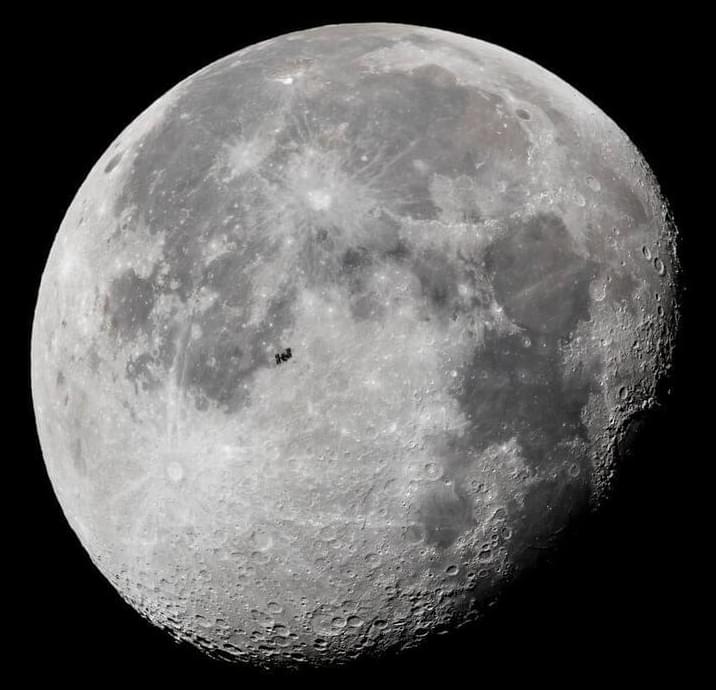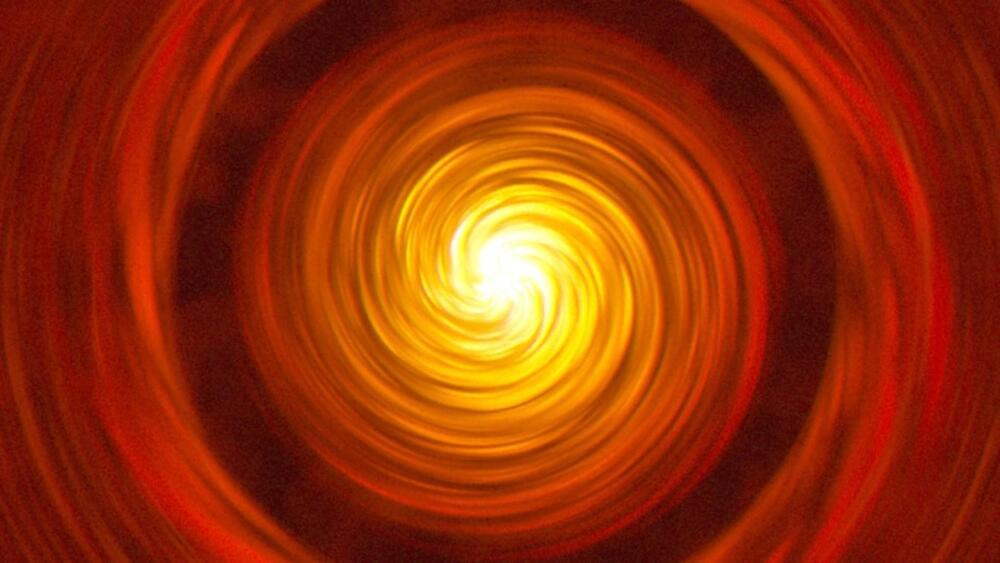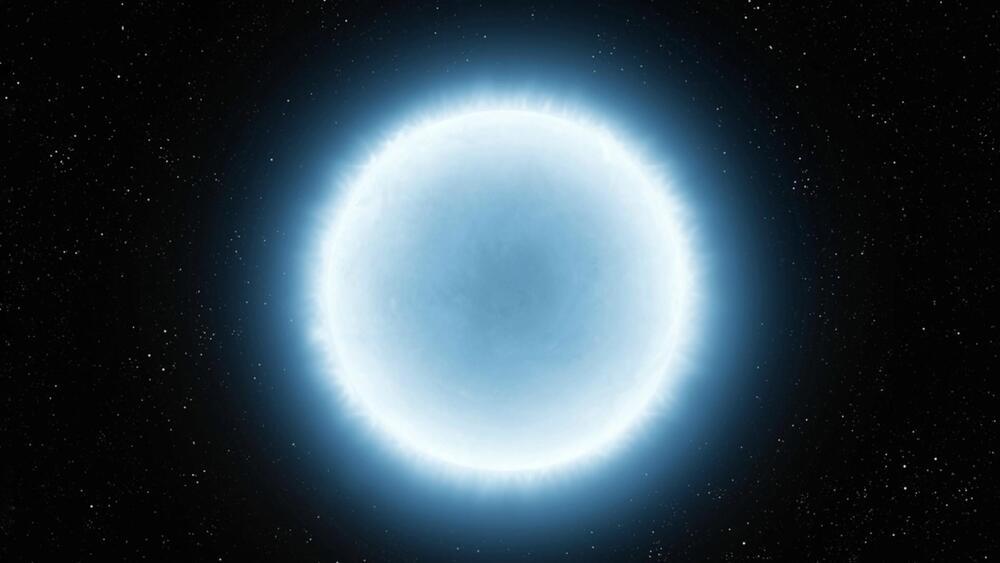Researchers grew tobacco in soil samples taken from the Moon in a major breakthrough.



We spent 90 minutes with the pin and its founders at Humane’s SF offices.
A few hours after this morning’s big unveil, Humane opened its doors to a handful of press.
A few hours after this morning’s big unveil, Humane opened its doors to a handful of press. Located in a nondescript building in San Francisco’s SoMa neighborhood, the office is home to the startup’s hardware design teams.
An office next door houses Humane’s product engineers, while the electrical engineering team operates out of a third space directly across the street. The company also operates an office in New York, though the lion’s share of the 250-person staff are located here in San Francisco.
Today, much of the space is occupied by a series of demo stations (with a strict no filming policy), where different AI Pins are laid out in various state of undress, exposing their external machinations. Prior to attending these, however, Humane’s co-founders stand in front of a small group of chairs, flanking a flat screen that lays out the company’s vision.

SpaceX has achieved a world record by delivering over 1,000 metric tons of mass to orbit this year, as its founder Elon Musk claimed.
SpaceX/Twitter.
The mission was launched by a Falcon 9 rocket from Vandenberg Space Force Base in California at 10:49 am local time (1:49 pm EST; 1,849 GMT). The rocket’s first stage returned to the launch site and landed vertically about 7.5 minutes later. This was the 12th flight and recovery for this booster, per SpaceX’s mission details.
The most powerful telescope ever built.
The James Webb Space Telescope (JWST) is a space telescope that has been designed to study the universe in infrared light. It is the largest and most powerful telescope ever built, and it is the successor to the Hubble Space Telescope.
JWST was launched on December 25, 2021, and it is now operational. The telescope is located at the second Lagrange point (L2) of the Sun-Earth system, which is about 1.5 million kilometers (930,000 miles) from Earth.
#jameswebbspacetelescope.
#mostpowerfultelescope.
#infraredphotography.
#cosmicexploration.
#galaxies.
#exoplanets.
#habitableplanets.
#habitablezone.
#scientificbreakthroughs.
#technologicaladvancements.
#engineeringmarvels.
#nasa.
#esa.
#csa

In 2015, the Laser Interferometer Gravitational-Wave Observatory, or LIGO
The Laser Interferometer Gravitational-Wave Observatory (LIGO) is a large-scale physics experiment and observatory supported by the National Science Foundation and operated by Caltech and MIT. It’s designed to detect cosmic gravitational waves and to develop gravitational-wave observations as an astronomical tool. It’s multi-kilometer-scale gravitational wave detectors use laser interferometry to measure the minute ripples in space-time caused by passing gravitational waves. It consists of two widely separated interferometers within the United States—one in Hanford, Washington and the other in Livingston, Louisiana.
Asteroid starships are built by hollowing out an asteroid and creating a habitat inside plus adding a propulsion system.
Image credit: David A. Hardy, Erik Wernquist, Roy Scarfo, Wikipedia.
#interstellar #asteroid #starship #spacecolonization #spacecraft #ProjectHyperion




“That’s one less cosmic hazard we have to worry about!”
A huge cosmic catastrophe has been averted!A massive rogue dead star was initially predicted to brush through our solar system roughly 29,000 years from now. Fortunately, updated calculations show that our planet will be spared from the damage…
Nazarii Neshcherenskyi/iStock.
A massive rogue dead star was initially predicted to brush through our solar system roughly 29,000 years from now.